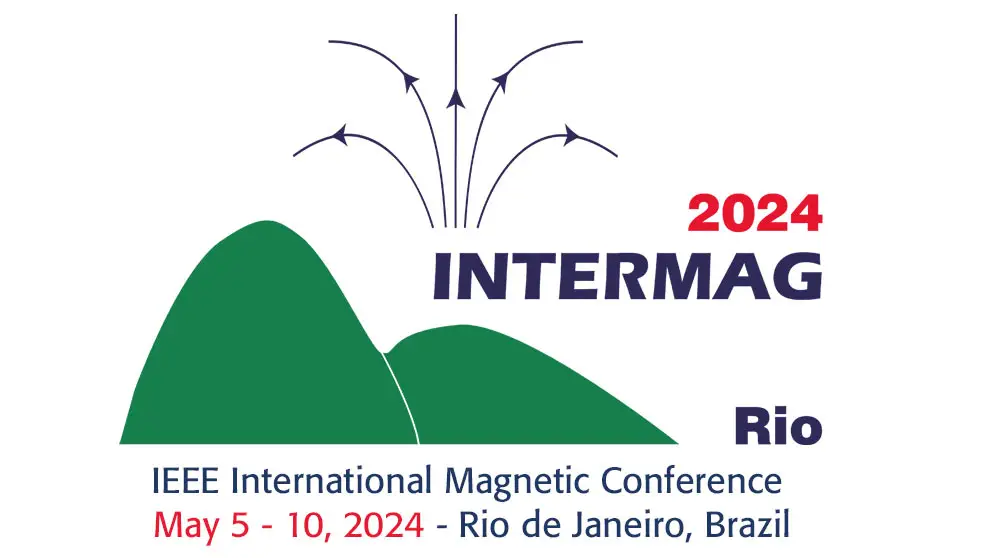VP12-05: Investigation of the Over-Load Unintentional Remagnetization Effect in Series Hybrid Magnet Variable Flux Memory Machine
Rui Tu, Hui Yang, Hao Zheng, Heyun Lin
Poster Virtual Only
26 Oct 2023
I. Introduction Variable flux memory machines (VFMMs) [1]-[4] using low coercive force (LCF) permanent magnets (PMs) have been extensively investigated. A series hybrid magnet VFMM (SHM-VFMM) with high coercive force (HCF) and LCF PMs is proposed in [2], featuring large flux regulation range and high efficiency. It is widely acknowledged that over-load currents may cause unintentional demagnetization. However, over-load unintentional remagnetization (UR) is also found in the SHM-VFMM. In this paper, the over-load UR effect and its mechanism are investigated. II. Investigation of Over-Load Unintentional Remagnetization Effect The machine topology is shown in Fig. 1 (a). To analyze the UR effect, the machine is initially set under the flux-weakened state, and then three periods including no-load, over-load and no-load operations are successively conducted. The back-EMF and LCF PM flux density are shown in Fig. 1 (b). The back-EMF has a 16% increase, and partial remagnetization happens in the LCF PMs, indicating that UR effect exists during over-load operation. The frozen permeability (FP) analysis [5] is applied to study the mechanism of this effect. Fig. 2 (a) shows the magnetic field with only over-load current. Due to the absence of HCF PMs, parts of the LCF PMs are demagnetized. Figs. 2 (b) shows the magnetic field of both over-load current and HCF PMs. The magnetic fields of the over-load current are pushed by the HCF PMs to the other parts of the LCF PMs, leading to UR effect. As shown in Figs. 2 (c), both PM flux linkages and LCF PM magnetization ratios increase with q-axis currents, indicating that magnetic cross-coupling [6] happens. III. Experimental Validation Fig. 2 (d) shows the SHM-VFMM prototype. The open-circuit back-EMFs under the flux-enhanced and -weakened states are shown in Fig. 2 (e). The test results agree well with the finite element (FE) results. The detailed UR mechanism, analyses and test results will be given in the full paper.References: [1] V. Ostovic, "Memory motors," IEEE Ind. Appl. Mag., vol. 9, no. 1, pp. 52-61, Jan./Feb. 2003. [2] H. Yang, H. Zheng, H. Lin, Z. Q. Zhu and S. Lyu, "A novel variable flux dual-layer hybrid magnet memory machine with bypass airspace barriers," in 2019 IEEE Int. Electric Machines & Drives Conf. (IEMDC), pp. 2259-2264. 2019. [3] Hui Yang, Xiaomin Chen, Heyun Lin, Z. Q. Zhu, and Shukang Lyu, “On-load demagnetization effect of high-coercive-force PMs in switched flux hybrid magnet memory machine”, AIP Advances, vol. 9, no. 12, Article No. 125152, 2019. [4] R. Tsunata, M. Takemoto, S. Ogasawara and K. Orikawa, "Variable flux memory motor employing double-layer delta-type PM arrangement and large flux barrier for traction applications," IEEE Trans. Ind. Appl., vol. 57, no. 4, pp. 3545-3561, July-Aug. 2021. [5] W. Q. Chu and Z. Q. Zhu, "Average torque separation in permanent magnet synchronous machines using frozen permeability," IEEE Trans. Magn., vol. 49, no. 3, pp. 1202-1210, March 2013. [6] G. Qi, J. T. Chen, Z. Q. Zhu, D. Howe, L. B. Zhou and C. L. Gu, "Influence of skew and cross-coupling on d- and q-axis inductances and flux-weakening performance of PM brushless AC machines," in 2008 Int. Conf. Electric. Machines & Syst. (ICEMS), Wuhan, China, 2008, pp. 2854-2859.


